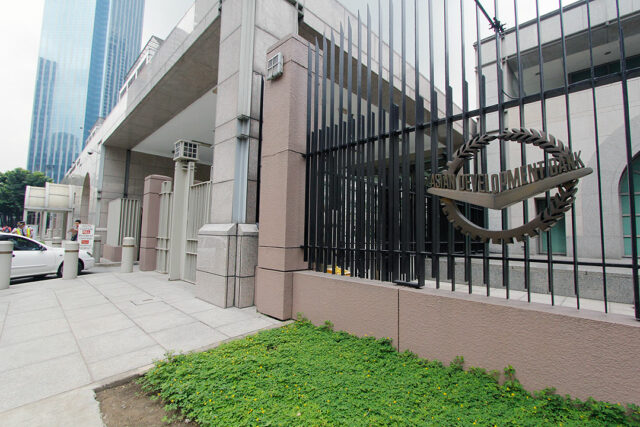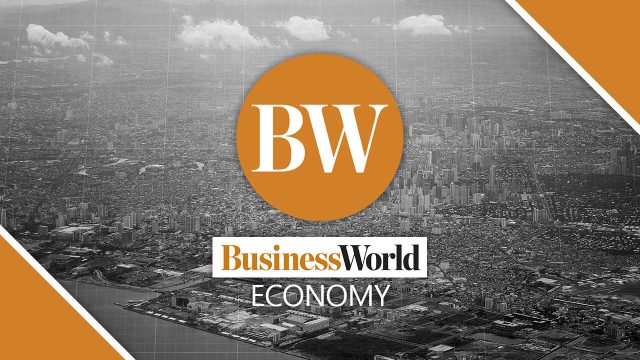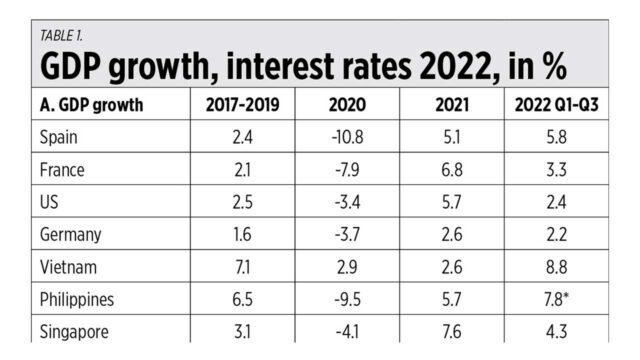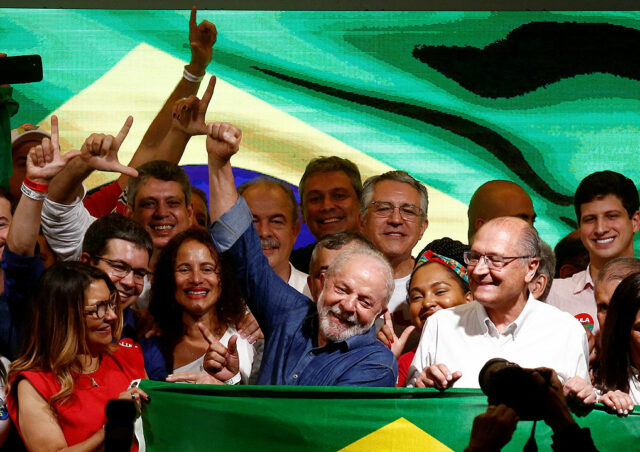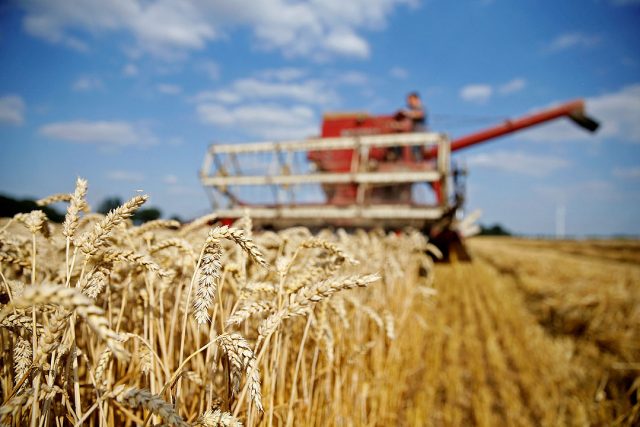With a generally bad economic environment globally, especially in Europe and China, it is important that the Philippines should do more investment promotion roadshows abroad and institute business-friendly domestic policies. The goal is to attract many companies leaving Europe, China, and even the US, while keeping investors that are already here.
There were four Philippine Economic Briefings (PEB) done already by the economic team — in Jakarta and Singapore on Sept. 6 and 7, New York City in Sept. 22, and Washington D.C. in Oct. 15. These are good initiatives, with the economic team talking face to face with big potential investors in big financial centers like Singapore and New York.
Last week, on Oct. 26, Budget Secretary Amenah Pangandaman and Finance Secretary Benjamin Diokno met with business leaders of the US-ASEAN Business Council (US-ABC) and reiterated the recent market-oriented reforms that are conducive to foreign investors.
Then, on Oct. 28, the National Economic and Development Authority (NEDA) Board’s Investment Coordination Committee-Cabinet Committee (ICC-CabCom) met on various project proposals submitted by agencies and government bodies, and on the approval of the updated NEDA-ICC guidelines for PPP (private public partnerships) projects. The Finance and NEDA Secretaries are co-chairs of the ICC while members include the Executive Secretary, the Governor of the Bangko Sentral, and the Secretaries of Budget and Trade.
GROWTH IN Q3 2022
I mentioned the bad economic environment in Europe and China as shown by their GDP growth in the third quarter (Q3) of 2022. Germany grew only 1.2%, France 1%, Spain 3.8%, China 3.9%, and the US 1.8%. Other major economies like the UK, Italy, and Japan have not released Q3 results yet.
Economies in East Asia seem to be the medium-size growth drivers in the world. Their GDP growth in Q3 2022: Vietnam 13.7%, Singapore 4.4%, Taiwan 4.1%, South Korea 3.1%. Vietnam and Taiwan were among the very few economies that did not contract in 2020, then they continued their momentum in 2021 and 2022.
The “high” growth of Spain and France in 2021 and 2022 was mainly due to “base effect” — they had very deep economic contractions in 2020, a very low base that year, and even a mild increase in economic activities in the succeeding years would constitute “high” growth already. The Philippines’ Q3 will be released on Nov. 10 but so far, we grew 7.8% in Q1-Q2 already.
One reason why Vietnam and Taiwan were able to sustain their growth momentum in 2022 is because they did not follow the US Fed’s huge interest rate hikes that penalize businesses in the name of fighting high inflation (Table 1).

I retain my growth projection for the Philippines of 7-7.5% in Q3, Q4, and full year 2022. One proxy I use is energy sales growth, then I add other considerations. For instance, in 2021, Meralco energy sales growth over 2020 was 5.7%, exactly the same GDP growth in 2021. For 2022 first half (Q1 and Q2), Meralco energy sales growth was 5.7% but Q3 sales growth was 7.1%, which is a good indicator that households and businesses are humming stronger. I have personally observed this too in many provinces.
COMMODITIES INFLATION
This column has discussed comparative inflation rates in many countries before — see for instance “The ERC, NGCP, inflation and public debt” (Oct. 10). Today we will discuss important commodities and their price hikes over the past two years. I use the latest data, that of Oct. 28, and compare the prices on the same date in 2021 and 2020.
The irrational “war on fossil fuels” has produced irrational and unwanted results: high energy prices, from gasoline and diesel to electricity; high fertilizer prices, like that of ammonium nitrate because the main raw materials to produce ammonia and urea are natgas and oil; high industrial prices for items like bitumen, asphalt, and paints because their main raw material is crude oil; high agricultural prices because of high fertilizer prices, and high livestock prices because feeds — from corn, soybeans, etc. — have high prices.
The big jump in energy prices started in 2021, even before the Ukraine war. See the column on year-on-year (Yoy) 1% changes, much higher than Yoy2% changes (Table 2).
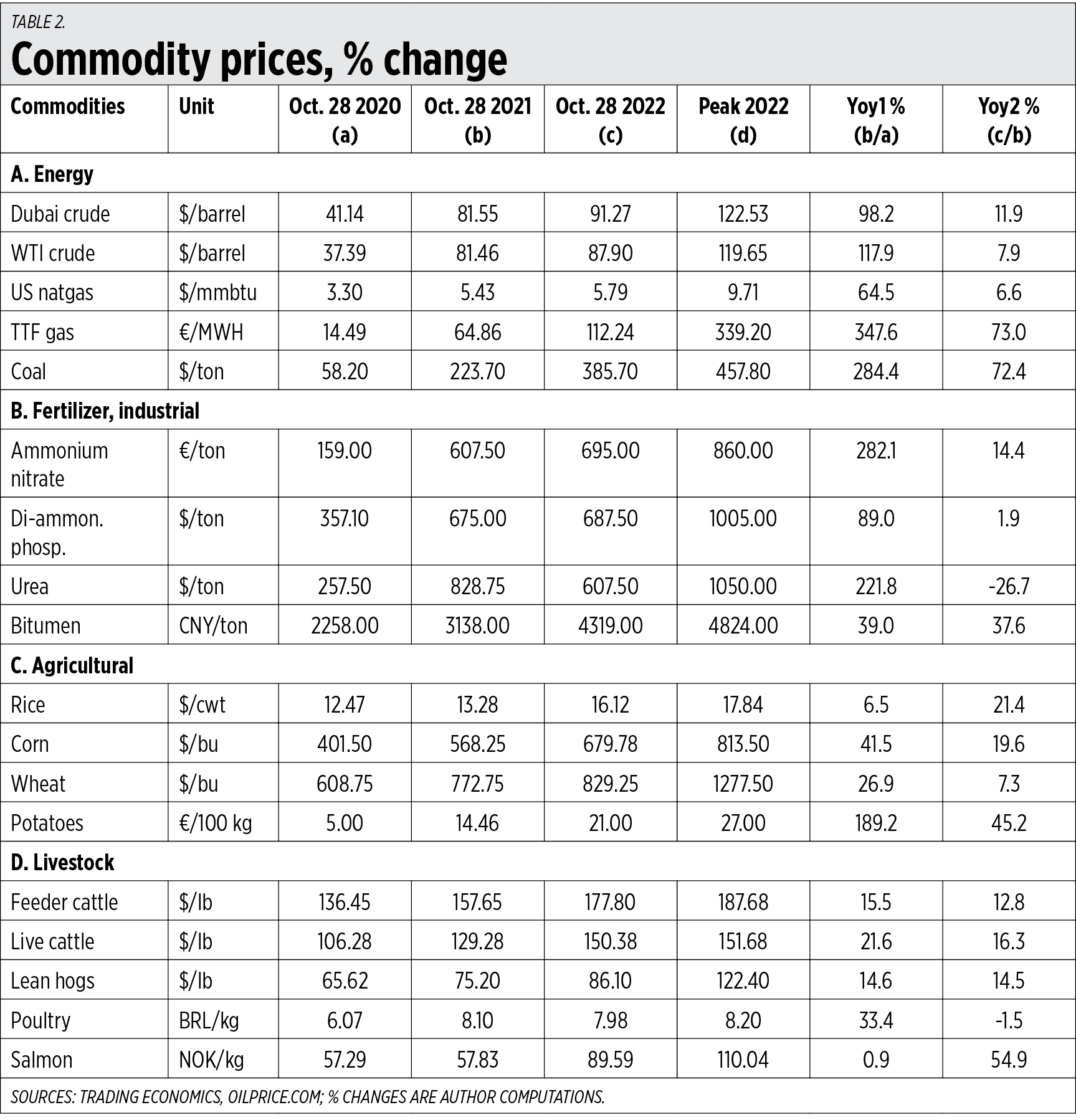
It is wrong, it is dishonest, to keep blaming the Ukraine war for the high inflation experienced in many countries around the world. Three factors produce the current high inflation situation. One, the war on fossil fuels. Two, the economic sanctions against energy and industrial exports of Russia by countries which have no territorial dispute with Russia in the first place. And, three, the huge money printing, public spending, and borrowings.
BIRTHS DEFLATION
The Philippine Statistics Authority (PSA) released an update of vital statistics last week, with data until Aug. 31. Since June-July data are still incomplete, I used only data for January-May. The trend of declining births continues and I think this is troubling (Table 3).
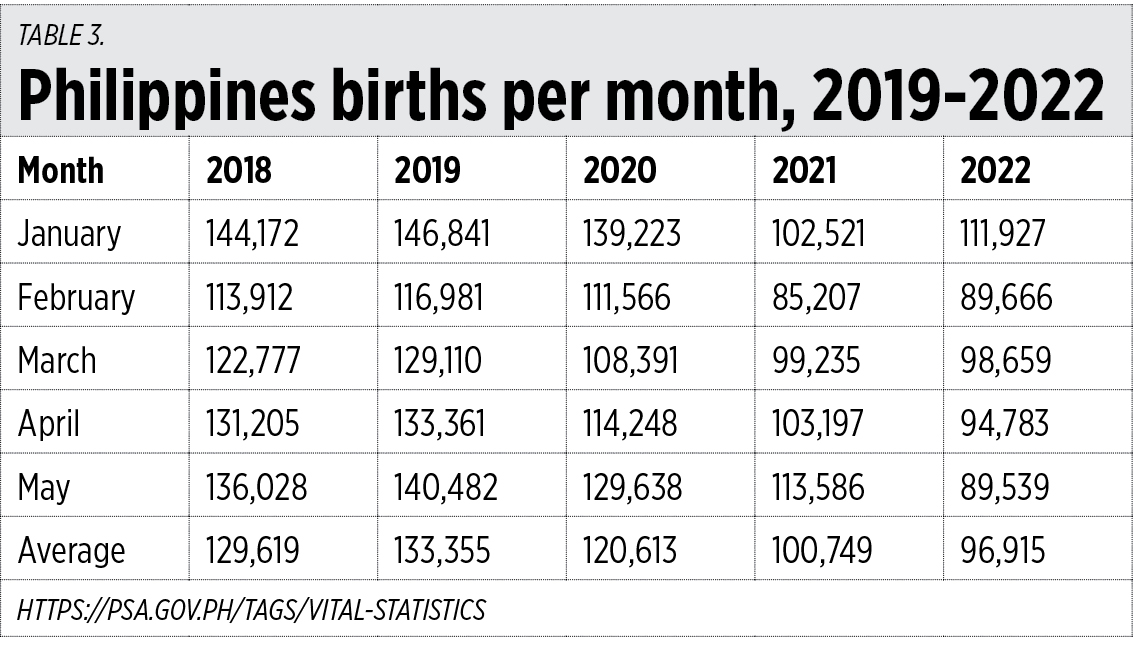
Decline in births in 2020 was mainly due to strict lockdown by the Duterte administration — few parties and big gatherings, few marriages. These continued until about mid-2021. Then mass vaccination started in March 2021. Many reports and studies since then have supposedly established a link between the mRNA vaccines and women’s menstruation and men’s lower sperm count.
See these recent articles by my friend and fellow columnist in BusinessWorld, Jemy Gatdula:
1. “Of vaccines, heart attacks, menstruation and others” (July 28),
2. “COVID, the CDC, and the CHED’s continuing discrimination against the unvaccinated” (Aug. 18),
3. “Sanity, for now, returns to higher education” (Sept. 1),
4. “COVID vaccines may be harming our young” (Sept. 22),
5. “Are COVID vaccines harming our young?” (Oct. 13), and
6. “If vaccines couldn’t stop COVID transmission, then why were they almost made mandatory?” (Oct. 27).
All major economies in the world now have big populations. China, India, the US, Brazil, Japan, Indonesia, Russia, etc. A big population means a large number of workers and entrepreneurs, a large number of producers and consumers.
President Marcos Jr. should order a pause in mass vaccination and booster shots in the country pending deep investigations on the long-term effects of those COVID vaccines. Especially as pertaining to heart diseases (myocarditis, pericarditis, etc.) and people’s reproductive health.
Bienvenido S. Oplas, Jr. is the president of Minimal Government Thinkers.
minimalgovernment@gmail.com



